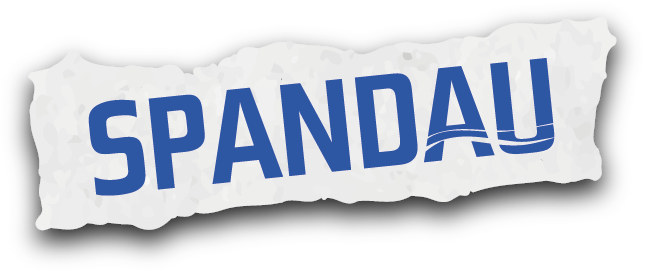Spandau East and West: right on the border
-
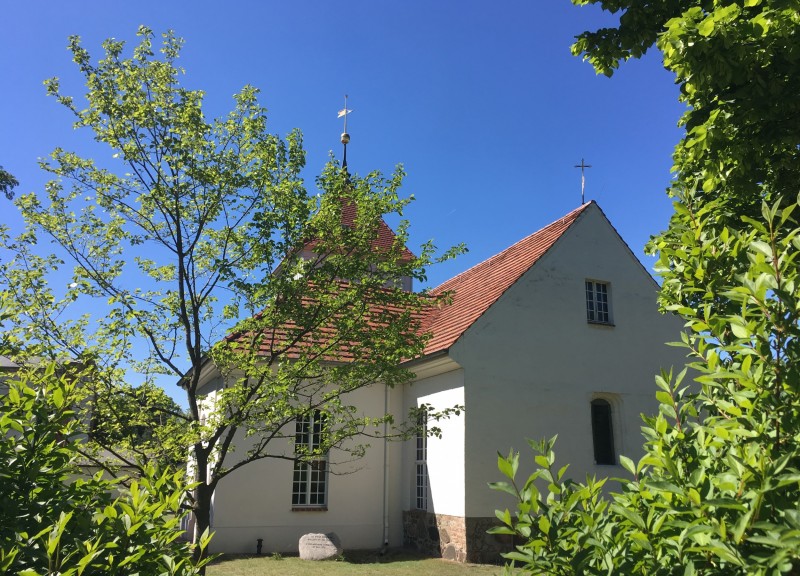 Dorfkirche Alt Staaken / Foto: Gröschel Branding
Dorfkirche Alt Staaken / Foto: Gröschel Branding -
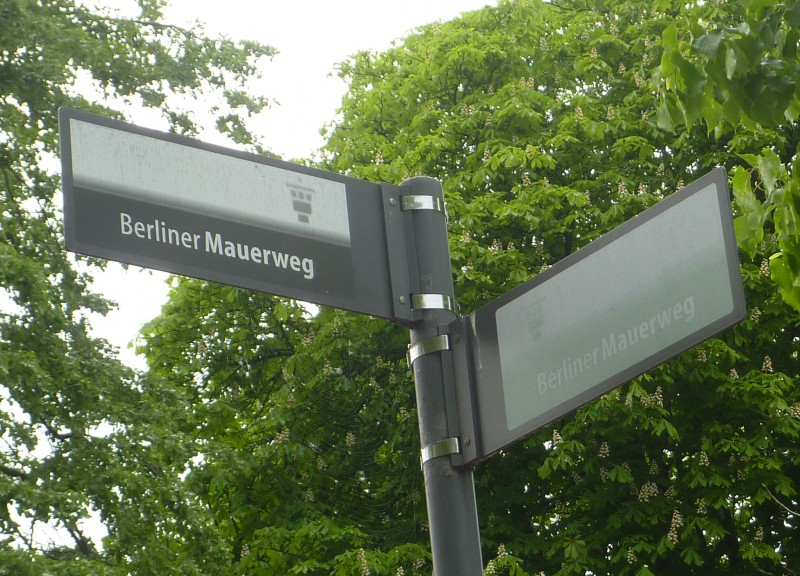 Mauerweg Schild / Foto: Gröschel Branding
Mauerweg Schild / Foto: Gröschel Branding -
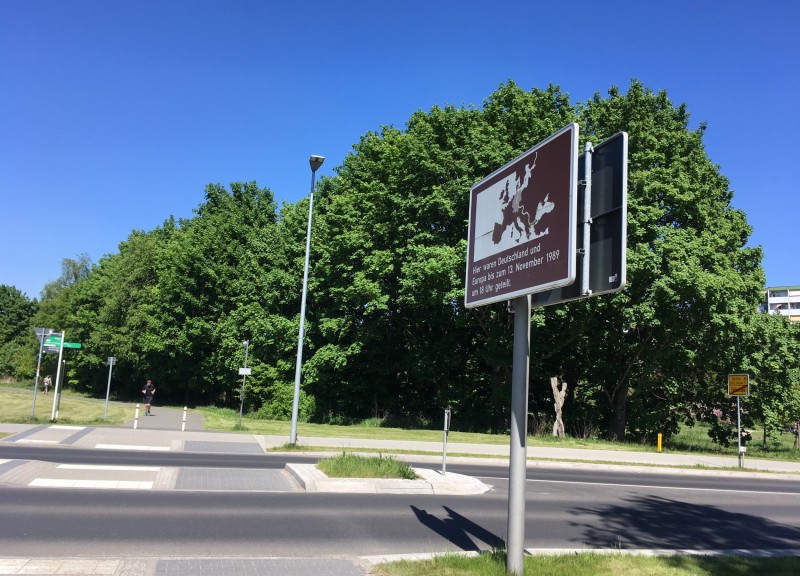 Mauerweg Strasse Grenzübergang / Foto: Gröschel Branding
Mauerweg Strasse Grenzübergang / Foto: Gröschel Branding -
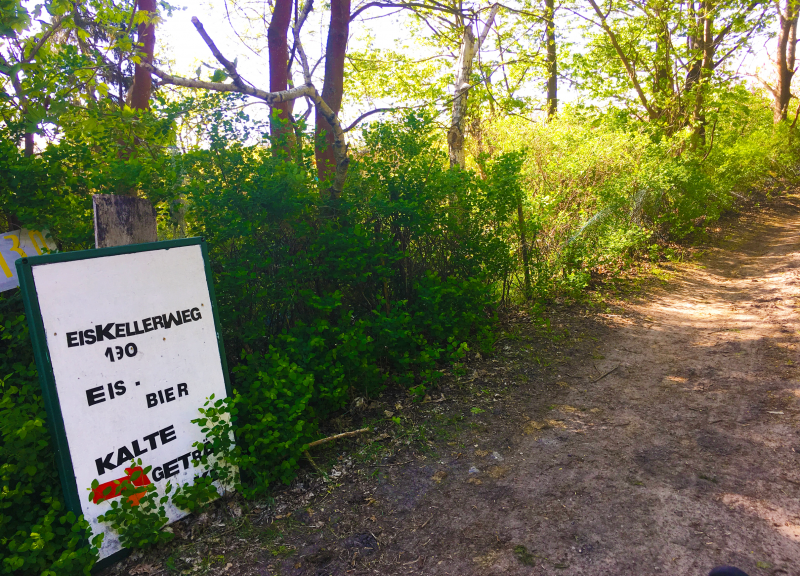 Eiskeller Getränke / Foto: Gröschel Branding
Eiskeller Getränke / Foto: Gröschel Branding
From August 1961 to 1989, the wall and border fortifications separated Spandau’s residents from their neighbours in the Havelland, Falkensee and Potsdam. But the border also ran through Spandau itself, because in 1945, just after the end of the war, the western part of Staaken was awarded to the Soviets as part of a territorial exchange. After reunification, West Staaken returned to Spandau.
Today, along what used to be the border, there are many places where the big and small stories of the divided past are entwined. The only connection between the two parts of Spandau were the border post on Heerstraße and Staaken railway crossing.
The Spandau exclaves of Eiskeller, Fichtewiese and Erlengrund were an exception. Due to territorial exchanges between the Allied occupying powers and the Soviet Union, these were located on East German territory, but belonged to West Berlin. Residents could only get there via a narrow corridor. With the fall of the Wall and reunification, the divided Staaken was reunited as part of the borough of Spandau.
Spandau was part of the British sector. Gatow airfield was not only the place where the Queen’s plane landed when she visited the divided city, it also played a key role during the Berlin Airlift, when the Allies supplied West Berliners during the blockade. Today it houses the Bundeswehr Military History Museum.
On the Berlin Wall Trail, which marks the western border of the Spandau districts of Hakenfelde, Falkenhagener Feld, Staaken, Gatow and Kladow, pedestrians and cyclists can find reminders of these stories of separation.
